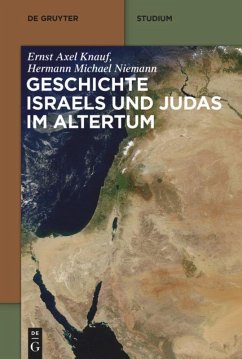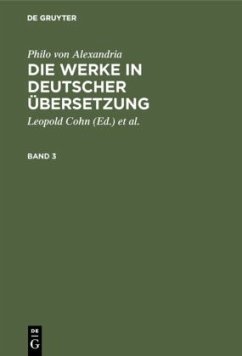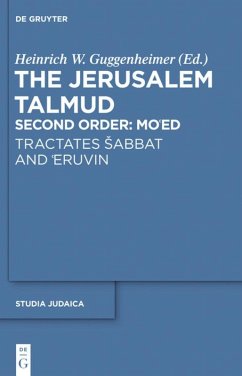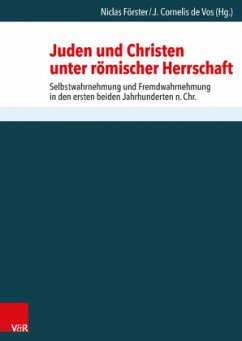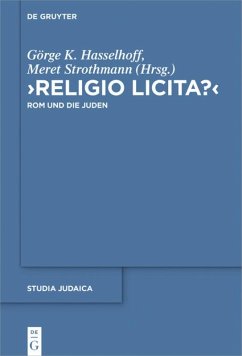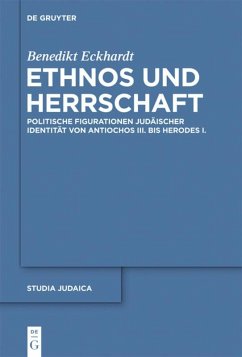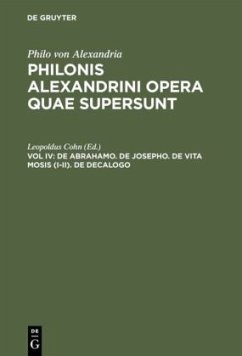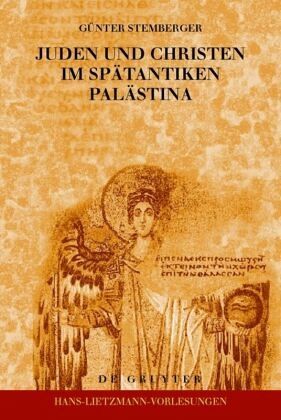
Juden und Christen im spätantiken Palästina

PAYBACK Punkte
0 °P sammeln!
It is generally assumed that with the Christianisation of Palestine in the 4th century, the Jewish population of the country was progressively driven back and disenfranchised. If, however, one does not only consult the laws, but contrasts them with excavations from that period, a different picture emerges. The Jewish population was not only able to maintain its position, but could even strengthen its visible presence, frequently directly adjacent to the Christians and in active contact with them, as demonstrated by the many parallels in the architecture and pictorial decoration of churches and synagogues.
Die Studie zeichnet die Entwicklung des Verhältnisses zwischen Christen und Juden in Palästina in den vier Jahrhunderten nach der Christianisierung des Landes seit Konstantin nach. Die Gesetze der Zeit, Aussagen der Kirchenväter und wenige jüdische Texte bieten ein für die Juden eher negatives Bild. Dagegen zeigen die zahlreichen Ausgrabungen von Kirchen und Synagogen jener Zeit, dass die jüdische Bevölkerung ihre Siedlungsbereiche halten konnte und das Christentum auch am See Gennesaret nur sehr langsam vordrang. Das Verbot, neue Synagogen zu bauen, wurde nirgends eingehalten. In den Städten Untergaliläas, in den Dörfern südlich von Hebron und in der Region von Gaza offenbaren die Ausgrabungen ein dichtes, offenbar friedliches Nebeneinander von Juden und Christen und einen regen kulturellen Austausch, wie viele Parallelen in Architektur und Bildsprache zeigen. Die islamische Eroberung bedeutete keinen radikalen Umbruch; erst das große Erdbeben von 748 leitete den Niedergang der jüdischen wie christlichen Gemeinden ein.




